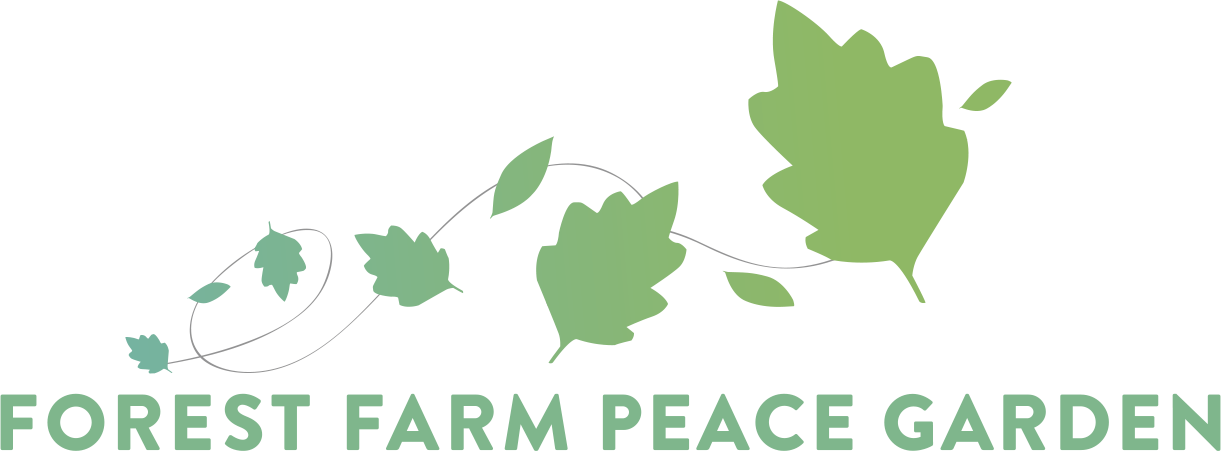Native to New Zealand, both species of Phormium (NZ flax) are used widely in horticulture and landscaping, with many varieties having colourful leaves. P. cookianum is native to more mountainous regions in New Zealand, with P. tenax favouring swampier lowlands. Phormiums can occasionally be found as garden escapes, particularly in south and south-western UK.
Honeysuckle
Honeysuckle grows in woodland and along hedgerows, weaving through shrubs and trees. It is common and widespread throughout the British Isles and is native to much of Europe, North Africa, Turkey and the Caucasus. It is found as far north as southern Norway and Sweden. Growing to 7m or more in height, it is a vigorous clockwise twining climber, with deep green oval leaves with no or very short stalks arranged in pairs opposite each other.
Marshmallow
The leaves can be eaten raw or cooked. They are used as a potherb or to thicken soups due to their mucilaginous texture. The root can also be eaten raw or cooked, and in Syria they are said to make a palatable dish when boiled and then fried with onions. It is often used in times of shortage. The root is also dried then ground into a powder, made into a paste and roasted to make the sweet 'marshmallow' confection which has inherited the plant’s name. The root contains about 37% starch, 11% mucilage, 11% pectin.
Dog Rose
Commonly found growing in hedgerows, woodland edges and on scrub-land dog rose is a deciduous climbing shrub approximately 1–5 metres in height, though sometimes it can scramble higher into the crowns of taller trees. Its stems are covered with small, sharp hooked prickles, which aid it in climbing. As with all roses, the two main parts of the plant used for food are the flowers and the fruit, the hip. The flowers can be made into a syrup, or can be eaten in salads, or candied or preserved in vinegar, honey and brandy.
Wild garlic
Inhabiting the temperate regions of Europe, Wild Garlic is common in deciduous woodlands with moist soils, preferring slightly acidic conditions, and less frequently in scrub or hedgerows. In the British Isles, colonies are frequently associated with bluebells (Hyacinthoides non-scripta), especially in ancient woodland. The whole plant is edible and is one of the most popular wild foods in the UK’s foraging revival. The leaves can be used as salad, herb, boiled as a vegetable, in soup, or as an ingredient for sauces, or as a substitute for basil in pesto.






